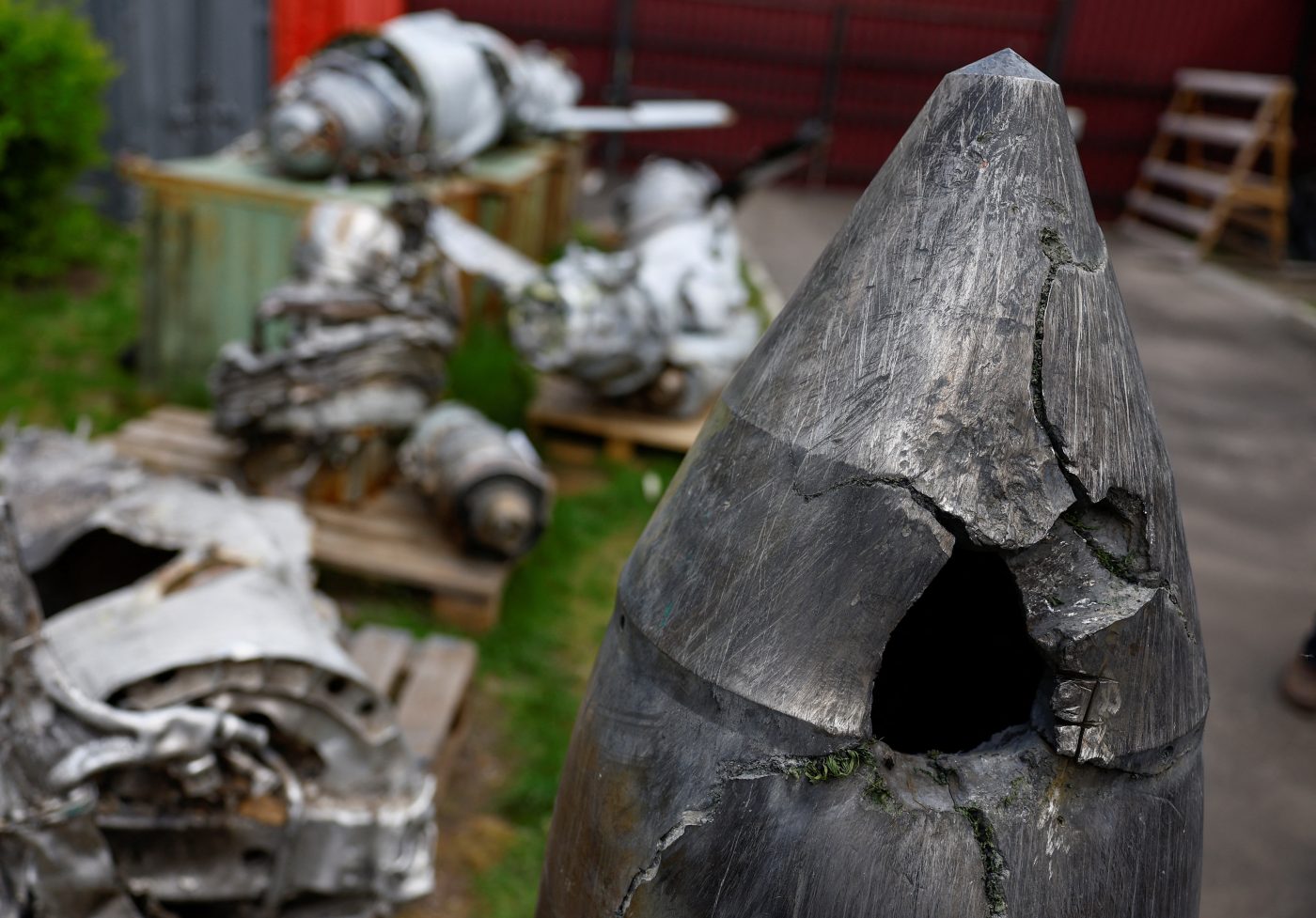The May 4 shootdown of a Russian hypersonic Kinzhal missile by a Ukrainian-manned, US-made, Patriot missile system might be seen to indicate that the new class of weaponry is neither invulnerable nor revolutionary, as Russia, US military officials, and many in the media have proclaimed.
This lends credence to those who have argued that hypersonic missiles do not alter the calculus of conventional or nuclear conflict. However, it is unclear if this intercept represents a consistent capability, or if it is a low-probability event. Further, the Kinzhal is one of the less sophisticated Russian hypersonic weapons, decreasing its significance as a test case. More information is needed if NATO is to properly assess the threat currently posed by hypersonic weapons, let alone what threats may be on the horizon.
On May 9, US Department of Defense Press Secretary Brigadier General Ryder confirmed that Ukrainian forces had indeed shot down at least one hypersonic Kinzhal missile using Patriots, marking the first publicly confirmed intercept of a hypersonic weapon. Since then, Ukraine claims to have shot down at least six more Kinzhals in one night over Kyiv, along with 12 other missiles of various types, though it is unclear if the Patriot system was involved.
There are some ifs and buts, not least that Kinzhal is not exactly a hypersonic missile.
To be considered a hypersonic missile, the munition must surpass Mach 5 at some point after being fired. This is actually a decades-old feat, long ago accomplished by ballistic missiles. “Hypersonic missile” has become a colloquial shorthand term for hypersonic cruise missiles (HCMs) and hypersonic glide vehicles (HGVs), which are different.
These weapons are intended to be highly maneuverable at speeds of up to March 20, while traveling at a relatively low altitude (50km, or 31 miles) versus a ballistic missile’s 400km-10,000km-plus peak trajectory), and carrying conventional or nuclear payloads. This makes their flight path unpredictable, lowers the response time of missile defense systems, and altogether makes for a harder target to hit.
There remain a variety of technological challenges that must still be overcome for the potential of HGVs and HCMs to be fully realized. Perhaps most significantly, the heat generated from the friction of traveling at such high speeds means that satellites can easily track them if they travel close to Mach 6.
Patriot systems, first developed in 1961, have undergone upgrades up through 2020, and are capable of firing munitions at Mach 6, effectively negating whatever purported advantages HGVs and HCMs have for the “foreseeable future.” That is to say, technological advances enabling them to travel undetected at speeds up to Mach 7 and above do not appear to be viable for now, and maneuvering significantly reduces speed (by more than a Mach in some cases), making current platforms relatively easy targets for far older (albeit upgraded) air defense systems.
As noted, Ukraine’s downing of the Kinzhal is not strictly speaking a successful intercept of a hypersonic weapon. Kinzhal is an air-launched ballistic missile, and not an HGV or HCM. Additionally, Russia’s claims that it can travel at Mach 10 and maneuver have been met with skepticism by experts and have not been publicly verified by US intelligence. Thus, we cannot be certain how a Patriot or terminal high altitude area defense (THAAD) would perform against more sophisticated missiles. Furthermore, aside from the low sample size (one confirmed kill), there are numerous unknowns about the downing of the Kinzhal and the efficacy of NATO platforms against them.
Much about Kinzhal is unknown: its speed (some previous launches were below Mach 5), trajectory, maneuverability, distance from launch, and how many Patriot missiles were used to destroy it — as per a retired NATO official speaking under Chatham House Rules — there were reports that the confirmed Kinzhal downing involved numerous Patriot missiles launched from varying positions in a coordinated manner. If this is true, then the use of Kinzhals will exacerbate Ukraine’s munitions shortages, weakening its air defense.
It can both be true that HGVs and HCMs do not significantly alter the nature of conventional or nuclear warfare, and that they — or less sophisticated weapons such as the Kinzhal — still pose a major challenge to NATO air defenses. Until more data has been gathered on the nature of the takedown, the significance of the event should not be overestimated. Further, we must be aware that there are more sophisticated hypersonic weapons that are — or will soon be — capable of bypassing many of NATO’s air defenses and should not allow this event to make cause complacency. Funding for hypersonic weapons defense platforms must be increased.
Grant Turner is an analyst at The Jamestown Foundation, a research assistant at The Yorktown Institute, and a regular contributor for Realist Review and Plot Politics. He previously interned at CEPA’s Transatlantic Defense and Security Program, The Jamestown Foundation, and Intelligent Waves, LLC. He is currently pursuing an MA in Statecraft and International Affairs at The Institute of World Politics and has an MA in Educational Studies and a Bachelor of Interdisciplinary Studies, both from the University of Cincinnati. Twitter. LinkedIn.
Europe’s Edge is CEPA’s online journal covering critical topics on the foreign policy docket across Europe and North America. All opinions are those of the author and do not necessarily represent the position or views of the institutions they represent or the Center for European Policy Analysis.





